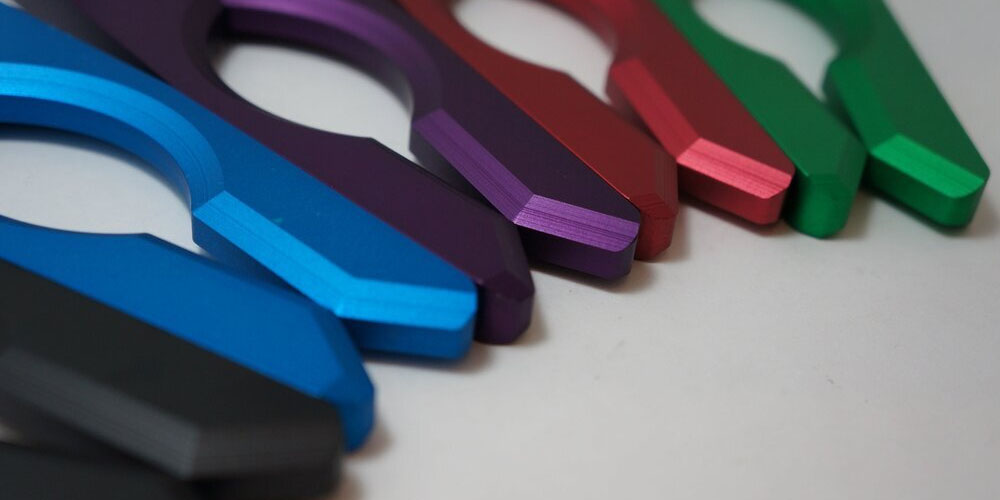Anodizing is a process of adding a barrier layer on the surface of a metal by triggering a natural oxidation process. Aluminum is the most common anodized metal because of its strength and beneficial elements. Anodizing aluminum allows for the metal to be applied in various industries, especially for outdoor products or applications. Let us look at some anodizing aluminum FAQs.
FAQs about anodizing aluminum
Below are some of the most common inquiries about anodizing aluminum;
a. What is the purpose of anodizing aluminum?
The purpose of anodizing (any metal) is to increase its strength and durability. The process of anodizing is to create an aluminum oxide layer to protect the metal surface underneath. The oxide layer keeps the metal from reacting with more oxygen in the future. By doing this, it protects the metal from corrosion.
An oxide layer also protects it from abrasion since the oxide layer acts as a barrier or protective layer. Other than protecting the metal, another purpose of the process is to increase the metal’s aesthetics. Sometimes, depending on the method of anodizing applied, the oxide layer produce is usually porous. The porous surface can be colored using organic dyes and metallic pigments. Therefore, anodizing aluminum allows you to decorate the protective finish and transform it into whatever you want.
b. Is anodizing aluminum safe?
Aluminum anodizing is by far the safest method of coating aluminum and other metals. This is because the process only accelerates the natural oxidation process using mild and safe chemicals. Therefore, the method is highly eco-friendly. It does not have any impact on the environment adversely or harm the health of the practitioners. It is also worth mentioning that the primary by-products of anodizing aluminum are harmless and water-soluble.
c. How long does the aluminum oxide layer last
The aluminum oxide layer formed during anodizing does not quickly wear off or come off. It can only be removed is by scrubbing on the surface with chemicals or harsh scouring materials. Even so, it would be challenging to do so. Therefore, the most straightforward answer to this question is that it can last for a very long time. It helps that it is heat-resistant.
d. Is anodizing a better method of coating metals compared to traditional methods?
Anodizing stands out from other methods of metal coating because of the benefits below;
- Anodized finishes do not break down or decompose. This means that they are durable.
- The method is very safe and eco-friendly as it uses water-soluble chemicals that can easily be treated.
- The oxide layer formed is highly resistant to heat hence making it more durable
e. Apart from aluminum, what other metals can be anodized?
Apart from aluminum, copper is another metal that is commonly anodized. Several other metals like titanium can be used. However, it all depends on the method of anodizing and the desired outcome. Note that aluminum alloys can also be anodized. It is also worth mentioning that anodizing can only be done on hard metals. Metals like steel and brass cannot withstand the process. They would get destroyed in the process.
Final word
The questions answered above are quite common. However, there are several other things you should know about anodizing. The internet is packed with such information. However, you can also contact professionals like DDproptotype for further information.

